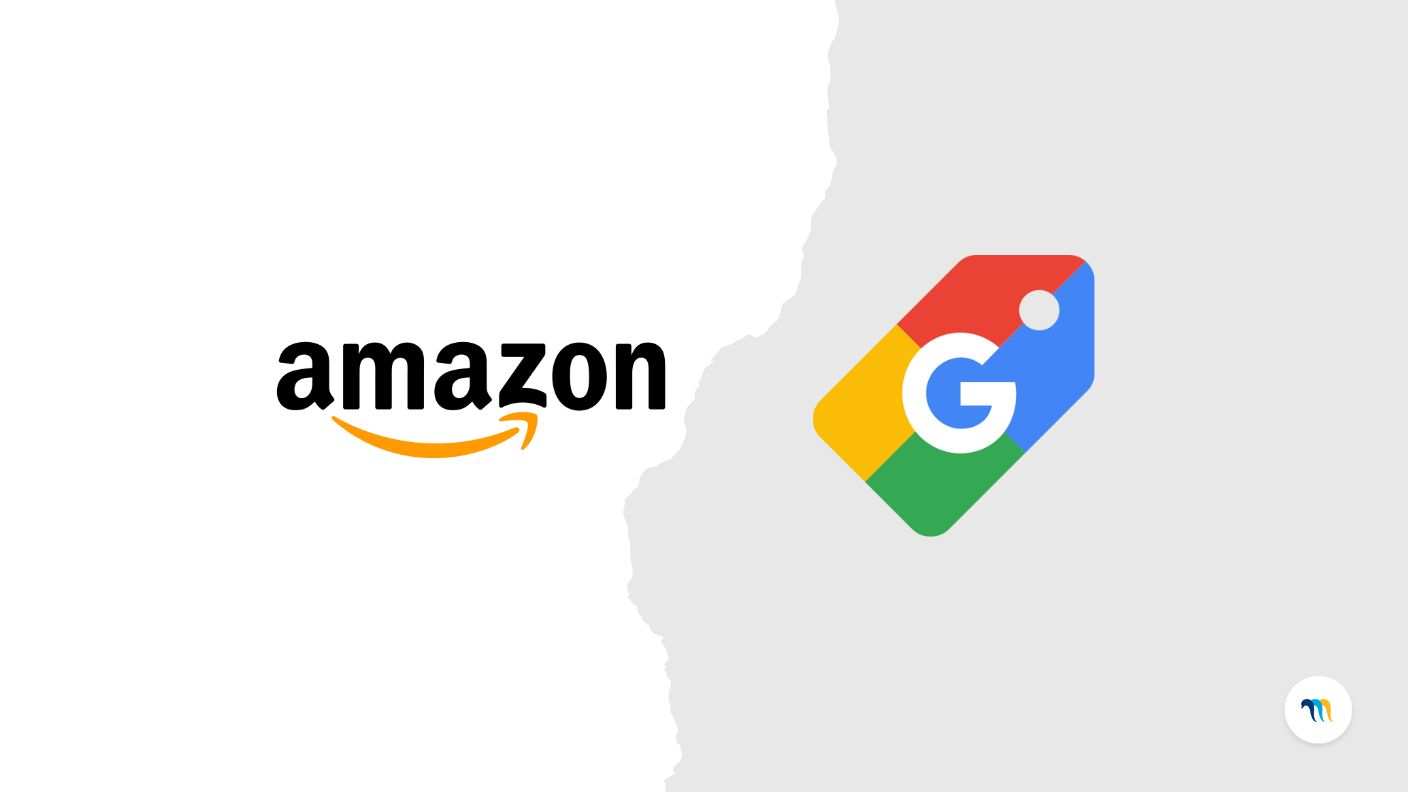

Online businesses, both retail and suppliers of digital services, know that providing the user with the advantages of a premium profile is synonymous with online loyalty. However, on many occasions, it seems that the necessarily demanding actions related to a premium service can disrupt a brand's pricing strategy. In the same way that certain rules and figures are established when calculating how to make discounts and offers on products, it is essential to carefully reflect (pragmatically) on the extra cost(s) that the premium service will have and as a result of which product, or service, improvements.
When we speak of users or premium profiles, we must differentiate between two cases: when the product itself is free and when those services that already have a cost for the client can be improved.
Firstly, let's talk about the free services. When introducing the premium, or paid version to this type of products, it is necessary to analyse how much it costs to actually be paid by the user. In most cases, a free product for the client is based on advertising and sponsorships. One of the keys to calculate how much to charge for the premium version is the corresponding cost per use by each client.
A very clear example of this type of case is Spotify. This music on demand platform is one of the most used in the world and was the first in Europe. Its use is free for anyone, just register to create a user. However, it is full of advertisements and publicity; in addition, it is not always possible to listen to a specific song or skip the ones we do not really want to hear. However, with the Spotify Premium service, the user can enjoy music without limits and without interruptions, as they publicise. The price of this service, a priori, is just enough for the user to decide to pay even though they know that they could find similar options on alternative platforms. Basically, it is the price which covers the loss of advertising revenues for each new premium user. Thus, this pioneering service of digital music has managed to monetise their efforts greatly, offering a service which is highly valued by its users and which is considered essential by many of them.
Let's now consider the case of products that already have a price. When we are in this situation, the real question is what percentage to apply to the standard price or, failing that, what is the value that the user will attribute to the improvements proposed by the premium version. If we continue with the examples, surely free shipping for online purchases would be a key sign of this value-added premium service.
Asos, a well-known online fashion store from the UK, precisely focuses its premium service to obtaining free express delivery throughout the year, with no limits. In this way, the most faithful users and those with the most purchase repetitions, you ensure your investment will be profitable. Specifically, in this case, the brand applies the cost, times 3, of an express delivery. If, in addition, we add the benefit of having the product at home sooner, then the advantage of Asos Premier is clear.
Is it more likely that a user will pay more for something that already has a cost or to pay for something that is already free? This is an uncertainty that each business needs to solve on their own by analysing the market. As for the price, the final clue will be an analysis of your competitors pricing. However, in an environment in which the user is becoming increasingly demanding, the existence of a premium service is consolidated as a necessary step.
Find out how Minderest can take your business to the next level.
Contact our pricing experts to see the platform in action.
Related Articles

How Surveillance Pricing Works and Its Applications for Your Business
The term "Surveillance Pricing" might conjure images of corporate espionage and price manipulation. However, this initial perception hides one of the most sophisticated and powerful strategies in...
Amazon Returns to Google Shopping: How It Affects Retailers and Brands
After a one-month pause, Amazon has reactivated its campaigns on Google Shopping in multiple international markets (though not yet in the U.S.). Its return brings increased competitive pressure and an...